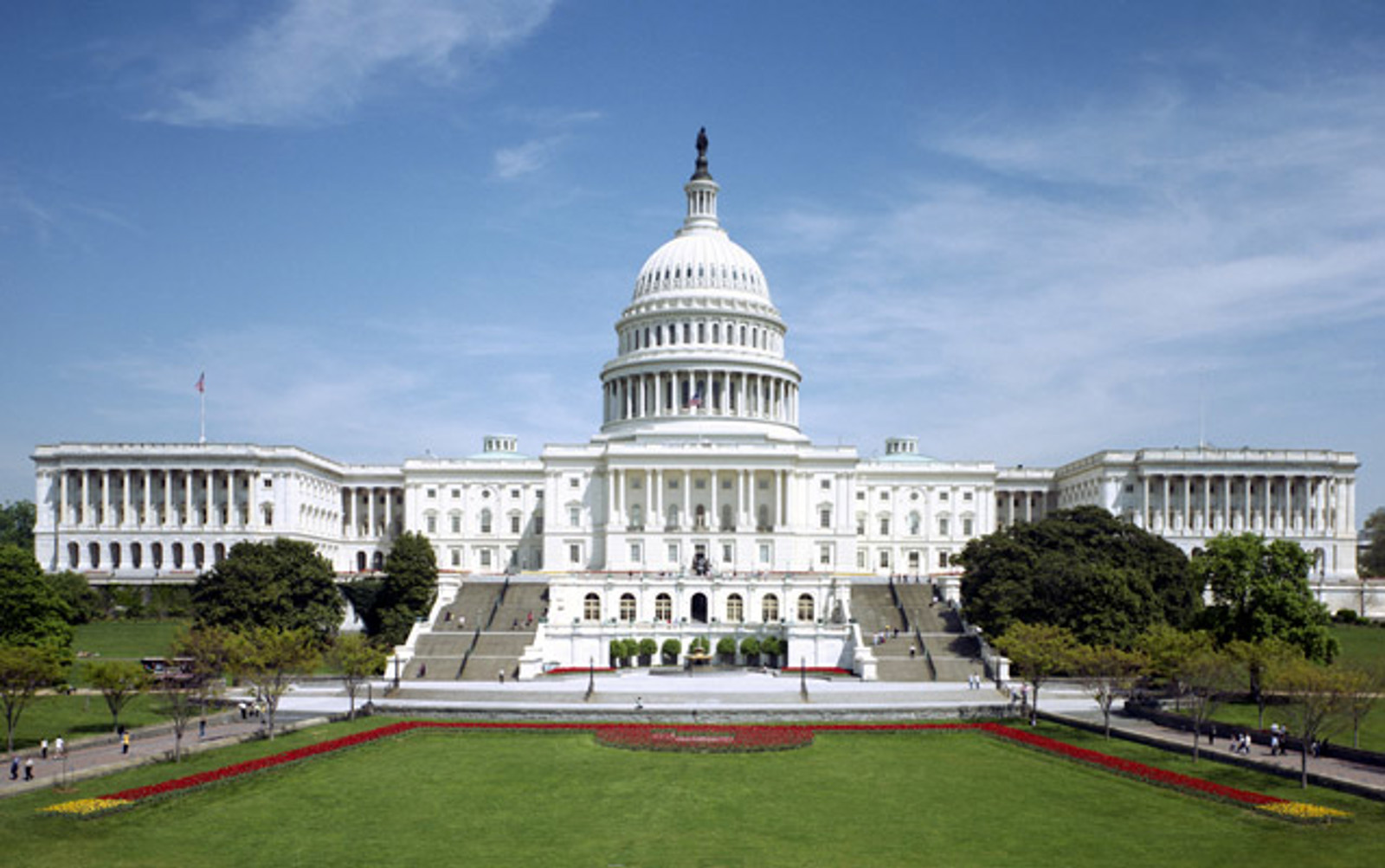President’s Skinny Budget Proposes Student Aid Cuts
The Trump Administration submitted a summary of its Fiscal Year 2026 budget request, dubbed the “skinny budget” for its lack of detail, that includes proposals to cut funding for critical student aid programs. The submission of the president’s budget is the first step in the FY 2026 budget and appropriations process, which begins on October 1, 2025.
The next step will be for Congress to decide how much overall funding it wants to provide and start writing its 12 spending bills.
The president’s budget proposes to eliminate funding for Supplemental Educational Opportunity Grants (SEOG), TRIO, and GEAR UP, and cut funding for Federal Work-Study (FWS) by 80% to $250 million. The justification provided by the White House for proposing these cuts is that these specific programs are unnecessary and duplicative. Neither the future of Pell Grant funding nor the size of the maximum Pell Grant are addressed in the skinny budget.
The skinny budget deems SEOG “ineffective, poorly targeted, and inconsistent with the Administration’s priorities.” The budget negatively characterizes the overrepresentation of private nonprofit institutional participation in the program, noting “nearly 40 percent of SEOG aid is awarded through private institutions who have their own agendas and fewer low-income students, compared to the only 19 percent awarded through public, two-year colleges, which serve the highest proportion of low-income students.” Private, nonprofit colleges have participated in the campus-based aid programs since their inception and have continuously matched or overmatched the federal requirement to provide need-based aid to low-income students.
The cut to FWS is explained by the administration as achieving the goal of reducing the federal footprint and terminating funding viewed as “a handout to woke universities and a subsidy from Federal taxpayers, who can pay for their own employees.” The remaining $250 million in the program would be redistributed to serve the lowest-income students for career related jobs.
The elimination of TRIO and GEAR UP are justified by noting that they “are a relic of the past” and that “access to college is not the obstacle it was for students of limited means.” The administration calls on institutions to use their own funds to prepare, recruit, and ensure student success.
Overall, the budget reduces non-defense spending - including the higher education programs - by $163 billion and increases defense spending by the same amount. Department of Education funding is cut by $12 billion. Other agencies important to private colleges and universities are also proposed for cuts, including: an $18 billion cut to the National Institutes of Health; a $6 billion cut to NASA; a $5 billion cut to the National Science Foundation; and the elimination of many small independent agencies.
The president’s budget is a recommendation to Congress. Senator Susan Collins (R-ME), chair of the Senate Committee on Appropriations, has stated publicly that she has “serious objections” to the funding cuts proposed by the administration. Representative Tom Cole (R-OK), chair of the House Committee on Appropriations, has said he favors the administration’s attempt at being frugal and supports the movement of money from domestic spending to defense spending. Both leaders have been supportive of student aid in the past.
For more information, please contact:
Stephanie Giesecke

